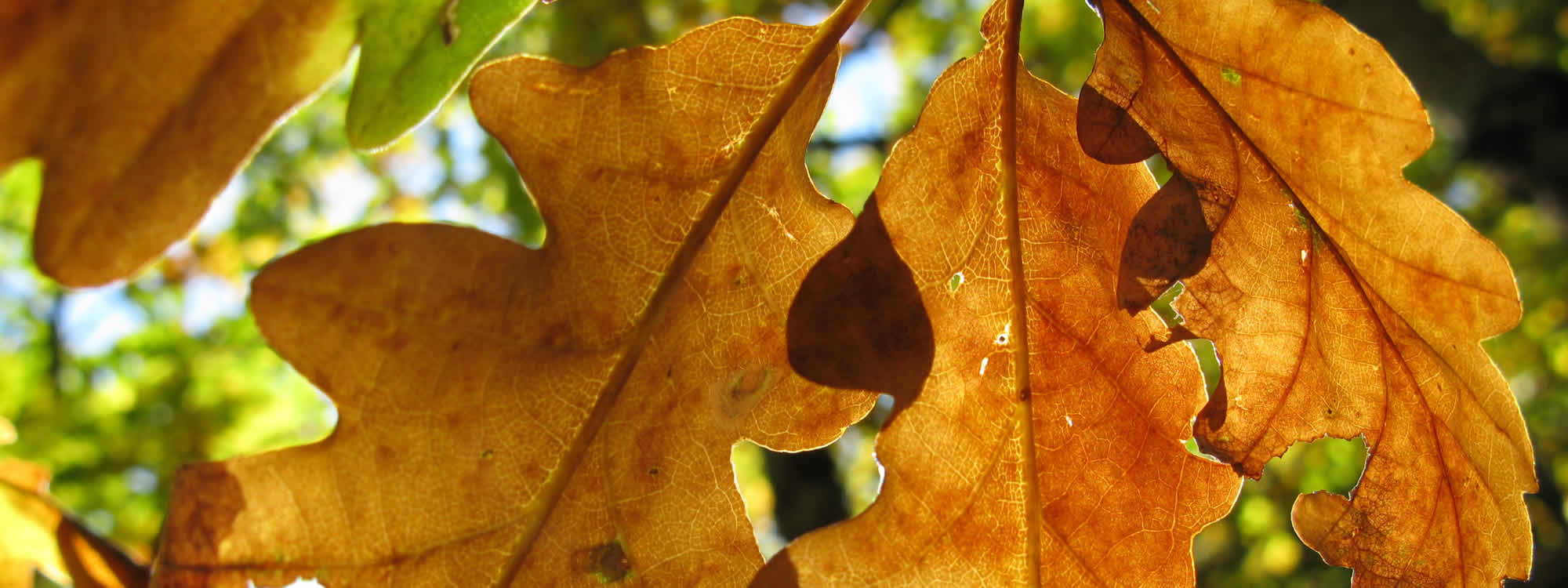
Vegetation
Vegetation zones are geographical areas characterized by distinct plant communities. While elevating from lower to higher altitudes in the National Park, the following vegetation zones are encountered:
The eu-mediterranean vegetation zone or Holm zone (Quercetalia illicis), includes scrub and low Holm forests (Quercus ilex), accompanied by other species of trees and shrubs, such as mock privet (Philyrea latifolia), ash (Fraxinus ornus), holly (Quercus coccifera), a number of cedars species (Juniperus communis and Juniperus oxycedrus), Greek strawberry trees (Arbutus adracnhe) etc. This vegetation is usually reported at 300m to 700m elevation, in the drier and warmer regions of the Park, especially in the Vikos Gorge and the Voidomatis River.
The para-mediterranean vegetation zone or villous oak zone (Quercetalia pubescentis) is reported at altitudes from 400 to 1,000m, surrounding most of the villages (as in Central Zagori) and also found along the Venetikos River and in the Kerasovitikos valley. This vegetation zone is composed by thermophilic, deciduous oak species, such as the italian oak (Quercus frainetto), the turkish oak (Q. Cerris), the Macedonian oak (Q. trojana), the villous oak (Q. pubescens), the yew (Quercus coccifera) and some other tree species such as the old world hop (Ostrya carpinifolia), the oriental hombeam (Carpinus orientalis, Carpinus betulus), the dogwood (Cornus mas), the ash (Fraxinus ornus) etc.
Beech forest zone, beech – fir forest zone and para-mediterranean coniferous forests (Fagetalia), spreads at altitudes from 900 to 1,600m: on Smolikas Mountain, on the northern slopes of Mounts Tymfi, Vasilitsa, Avgo, Baltses and Zygos, as well as in the Central and Eastern Zagori. It covers most of the Pindos National Forest (Valia Kalda) area, as well as its peripheral regions (Perivoli, Krania, Milia forests etc.).This zone includes beech forests (Fagus sylvatica) and beech – fir forests, and the para-mediterranean coniferous forests, such as the fir (Abies borisii-regis) and the black pine (Pinus nigra) forests.
The boreal zone (Vacinio-Picetalia) lies at 1,600m. The bosnian pine (Pinion heldreichii or P. leucodermis) is encountered within this zone’s limits, in the areas of Katara, Valia Kalda and Smolikas. This zone reaches up to 2,000m, but appears fragmented and degraded, due to over-grazing effects. At Valia Kalda Valley and at the slopes of Mount Flega small populations of Scots pine (Pinus silvestris) appear, that are probably remnants of the last glacial period.
The high-forest or out-forest vegetation zone, consists of herbaceous and shrubby vegetation and stretches from 1,900m up to the highest peaks of the northern Pindos’ mountains. Some distinct types of vegetation physiognomy make their appearance in this zone, such as the “steppe” rocky grasslands and the chasmophytic plants of calcareous rocks and calcareous scree.




